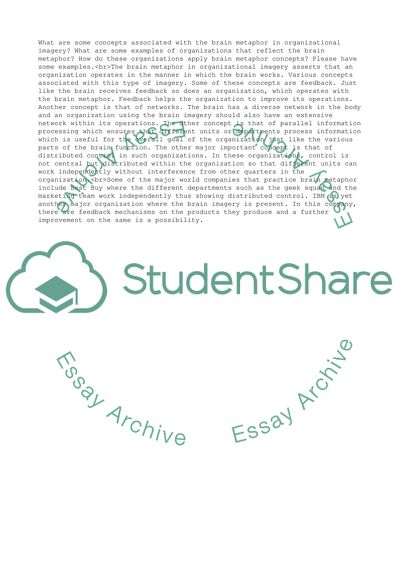Cite this document
(“The Various Theories of Organization Admission/Application Essay - 1”, n.d.)
The Various Theories of Organization Admission/Application Essay - 1. Retrieved from https://studentshare.org/management/1818361-dq-7
The Various Theories of Organization Admission/Application Essay - 1. Retrieved from https://studentshare.org/management/1818361-dq-7
(The Various Theories of Organization Admission/Application Essay - 1)
The Various Theories of Organization Admission/Application Essay - 1. https://studentshare.org/management/1818361-dq-7.
The Various Theories of Organization Admission/Application Essay - 1. https://studentshare.org/management/1818361-dq-7.
“The Various Theories of Organization Admission/Application Essay - 1”, n.d. https://studentshare.org/management/1818361-dq-7.


